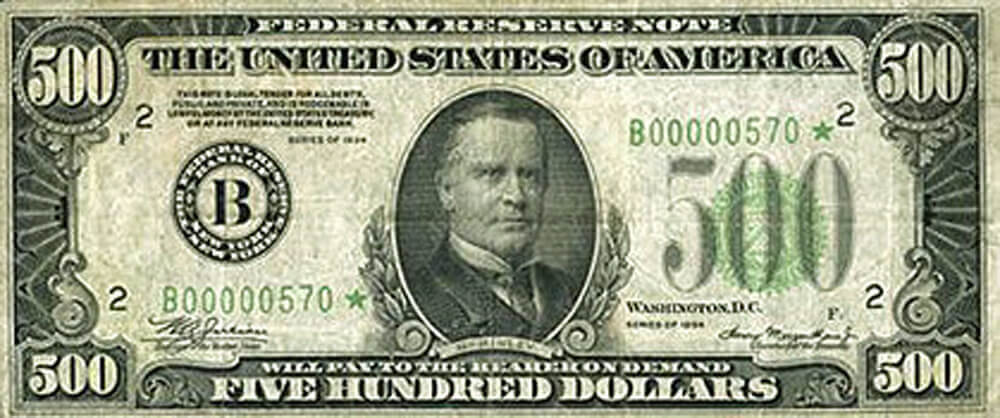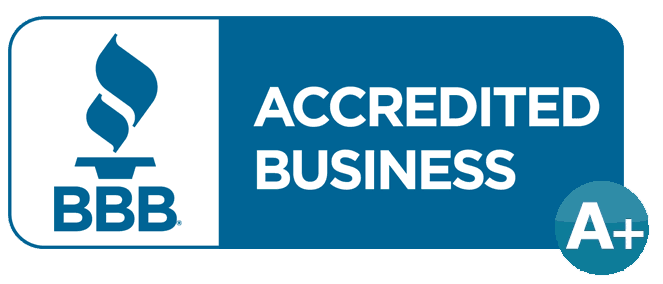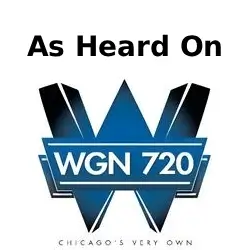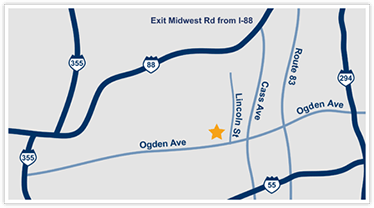Is There a $500 Bill?

Most Americans walk around with some paper money in their wallets on a regular basis. These bills likely include small pieces of paper currency, ranging from singles to $20s. If you’re a big spender, or if you’ve hit it big at a casino recently, maybe there’s a $50 or $100 in there. But what about something larger?
Are $500 bills in circulation these days?
The $500 bill is legal tender. It exists, but it’s not exactly common. If you happen to have one of those big bills in your wallet, you’re a lucky person. That denomination might be worth more than the face value – and same goes for the $1,000 bill!
History of the $500 Bill
In past years, the Bureau of Engraving and Printing (BEP)—the division of the Department of Treasury that decided which denominations to print and circulate—put out some very big bills. They printed and circulated $500, $1,000, $5,000 and even $10,000 bills.
(Fun fact: They also printed $100,000 gold certificate notes, but those didn’t take up space in anyone’s billfold—those massive bills were only issued to Federal Reserve banks, not put out for public use.)
But what about the $500 bill, though? When was it printed?
Well, it made its financial debut during Civil War days. The BEP continued printing the denomination until 1945. The government took the bill out of circulation for good in 1969. These days, the BEP only prints bills from $1 to $100.
If you have a $500 bill in your hands, you’re holding onto a piece of American history.
Who is on the $500 Bill?
The first 500 dollar bill, issued in 1862, featured the likeness of Albert Gallatin, the longest-serving Secretary of the Treasury at the time. The last bill featured the face of William McKinley, the president whose term was cut short by an assassin’s bullet.
In between, the 500 dollar bills featured a who’s who of American presidents and dignitaries graced on the front. These include names still familiar to most Americans today, such as presidents Abraham Lincoln and John Quincy Adams. Founding Father Alexander Hamilton also made an appearance on the $500 bill.
The honor of being on the bill also fell to names you might need to Google, such as DeWitt Clinton (former New York Senator in the early 19th century) and William Learned Marcy (Secretary of State during the Pierce administration). A few feature scenes from moments in our nation’s history, such as Hernando de Soto discovering the Mississippi River.
Can You Get a 500 Dollar Bill from the Bank?
Since the bill stopped rolling off the BEP’s presses in 1945 and got yanked from circulation 50 years ago, your bank’s ATM won’t be spitting out any $500 bills these days, nor will your neighborhood teller give you this rare paper currency. While millions of this denomination were printed during the bill’s heyday, the number floating around today is much lower.
Instead of banks, these rare bills occasionally might be found in the hands of private collectors. They also might be in the possession of rare coin and currency dealers and buyers, such as the Americash location near Downers Grove and Hinsdale.
How Much is a $500 Bill Worth?
In short, more than $500, but the amount varies depending on a number of factors. If it’s a standard $500 bill and the paper is in good shape rather than tattered and worn, it can be worth anywhere from $650 to $800. However, if there’s something special about the $500 bill, it can be worth much more.
For example, the BEP printed a gold certificate $500 note in 1922. This bill usually appraises at around $4,000, but if it’s in pristine condition, that figure can climb into the tens of thousands.
While the $500 gold certificate note printed in 1882 was common, special characteristics such as the seal type and signature can lift its value into hundreds of thousands of dollars.
What about the $1,000 Note?
Introduced amidst the American Revolutionary War in 1780, Virginia began printing both $500 notes and $1,000 notes.
However, the United States of America introduced the $1,000 note in 1861. 1862 saw the release of the $1,000 note as legal tender. The first versions of the $1,000 bill featured Founding Father Robert Morris on the face. Morris was perhaps best known for his business and financial smarts, as he was appointed to serve as the United States’ first Secretary of the Treasury, but he declined the offer, instead recommending Alexander Hamilton for the position.
(Incidentally, Hamilton himself made an appearance on a $1,000 note—the Federal Reserve note—in 1918.)
Other versions of the $1,000 note feature Grover Cleveland, the only president in the history of the United States to serve non-consecutive terms, and personifications of Justice and Liberty.
To sum up: While the $1,000 bill is still legal tender, it was last printed in 1945. The Federal Reserve discontinued it in 1969. So if for whatever reason you find one of these pieces of paper currency under your couch cushion, you’ve landed on a goldmine.
Do You Own a $500 Bill? Let Us Know!
$500 bills, not to mention $1,000 bills, are relatively rare and their value can vary wildly. However, it is important to enlist the help of an expert coin and currency appraiser. The experienced dealers and buyers of Americash Jewelry & Coin Buyers can examine your bill to determine its true value.
Contact Americash Jewelry & Coin Exchange
If you happen to have this rare bill—or any rare American bill, for that matter—our buyers will offer top dollar for it. Contact us online or call us at 630-969-9600 to learn more about rare paper currency—or to experience our free, no-pressure appraisal process.





